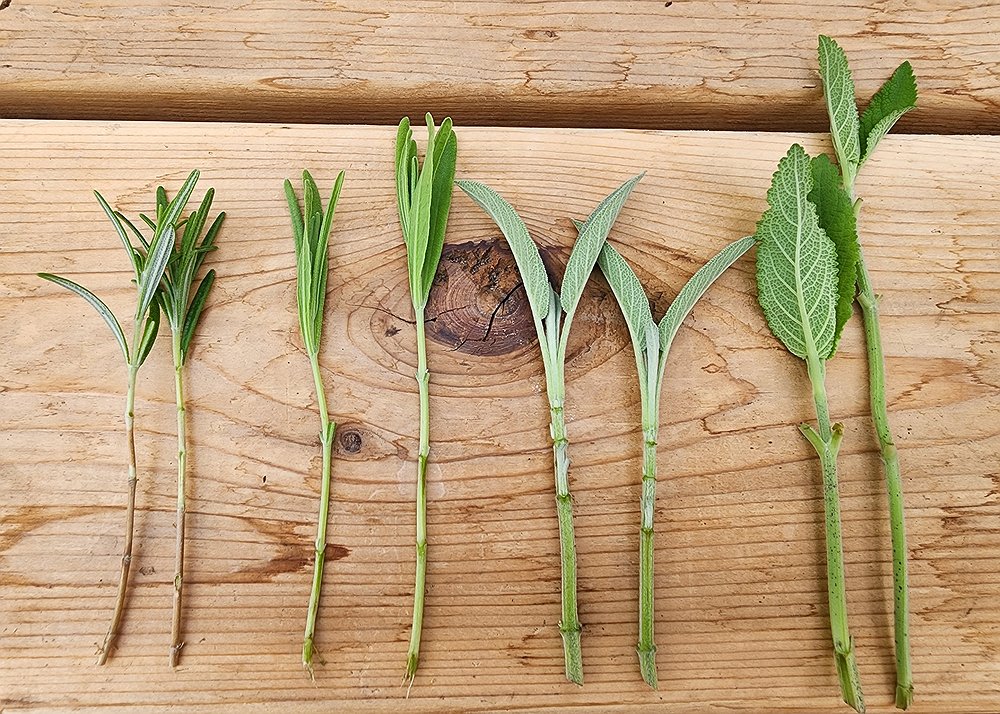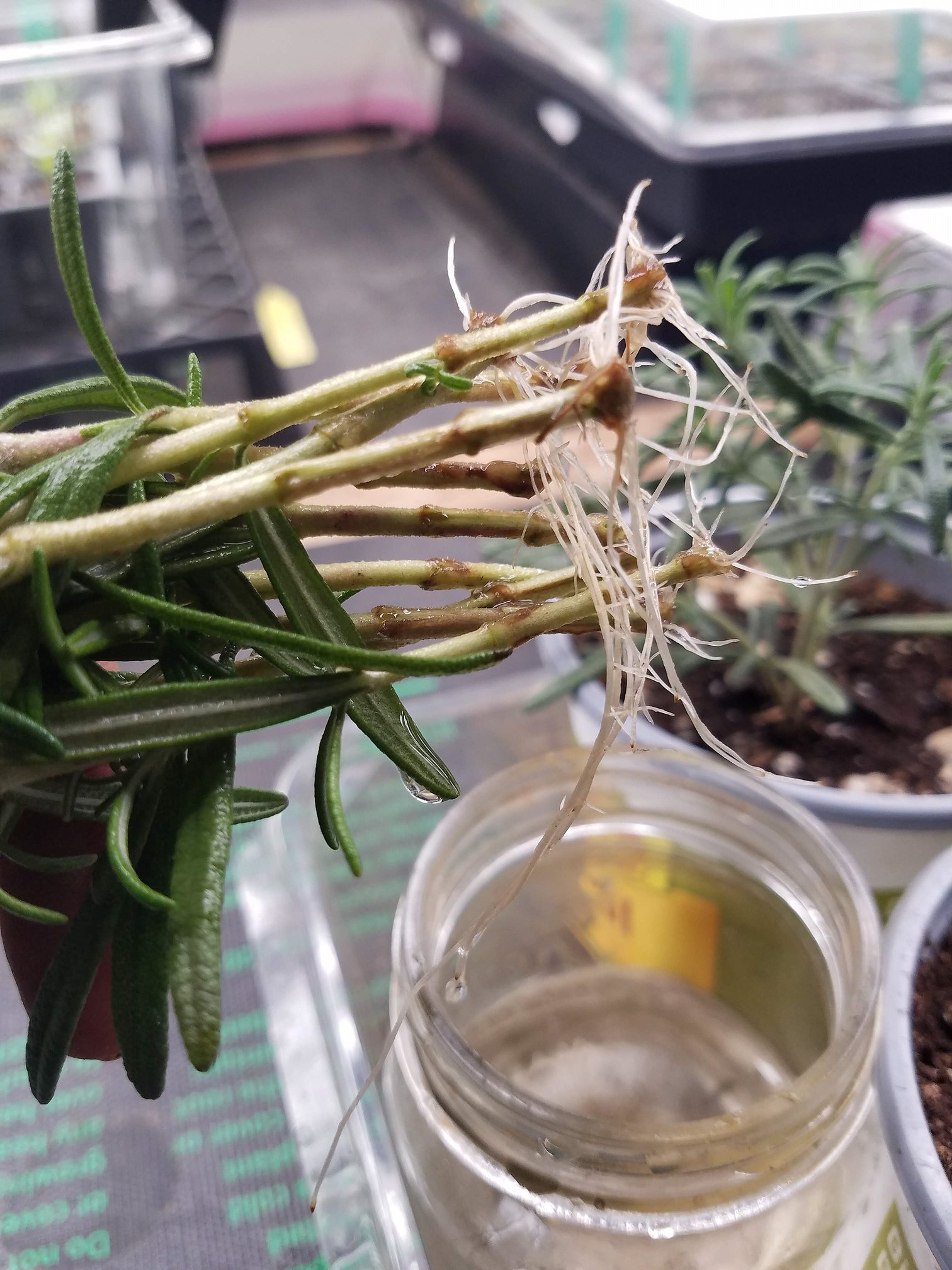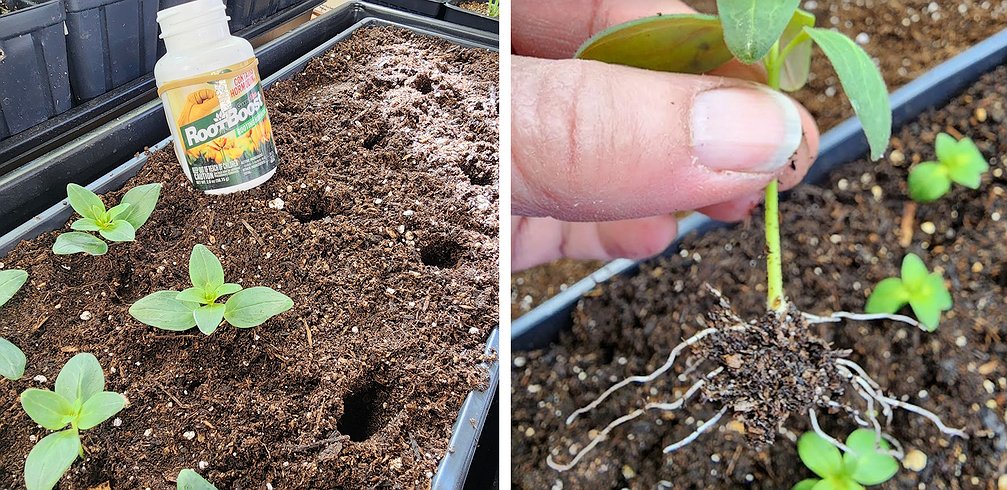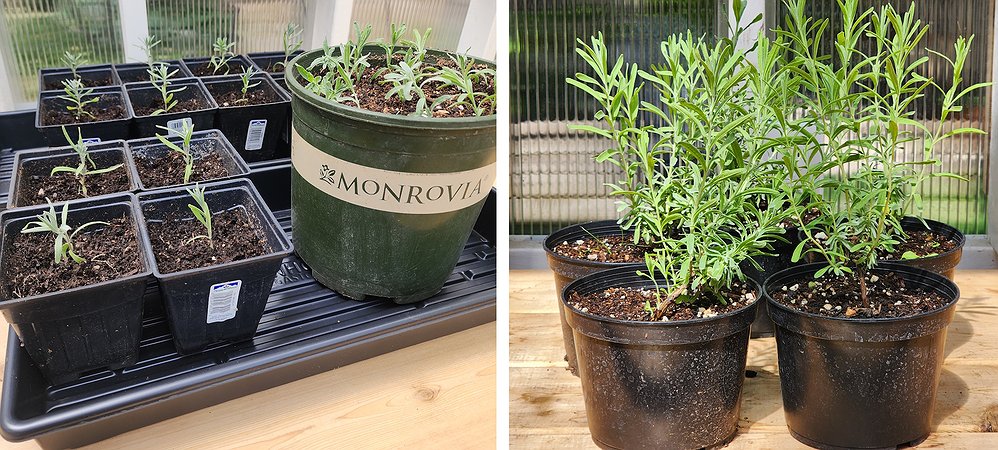Growing it Forward: Seed saving and simple plant propagation
Like everything else, the price of seeds and plants continues to rise. Seed saving and propagating plants is a great way to save money, significantly reduce the cost of producing healthy food and an easy way to supply your garden with gorgeous plants.
With the harvest season underway, now is a great time to save seeds and propagate plants for next year’s garden. Some of the garden's most popular vegetables, herbs and flowers are also the easiest for seed saving and propagating.
Simple seed saving
The key to successful seed saving is to collect from open-pollinated varieties. These plants breed true, producing plants identical to the parent unless cross-pollination occurs.
To reduce the risk of cross-pollination, choose self-pollinating plants like tomatoes, peppers and beans for seed saving. Pollination often occurs before the blossoms open, almost ensuring true seed.
Don’t fret if insects cross-pollinate some of your blossoms — the resulting seed will produce a nice surprise plant the next year — that’s how new varieties are created!
These same vegetables are also the easiest for collecting seeds, in addition to cilantro, dill and parsley, and flowers like calendula, zinnias, sweet peas and marigolds.
Select the best fully ripe and mature fruits or seed heads from vigorous, disease-free plants to ensure healthy, viable seeds. Note that green peppers are not fully mature, making the seeds immature and unlikely to germinate. To boost diversity, gather seeds from more than one plant species.
After you’ve collected your seeds, allow them to dry completely out of direct sunlight. Store them in envelopes or jars in a cool and dry location. High humidity and moisture can quickly diminish seed viability.
It's always a good idea to perform a quick germination test on the saved seed to ascertain its viability before planting the following season. No one wants to invest time planting dud seeds!
Place several seeds in a damp paper towel, fold it over, and place the towel in a zipper-lock bag. Keep the towel slightly moist, in a warm location and out of direct sunlight. Viable seeds will begin to sprout within seven days.
For more detailed information, including specific “how-to” seed-saving tips, read my article, Easy Seed Saving for the Home Gardener (https://bit.ly/3WRMu3M).
Propagating through stem cuttings
Propagating flowers and herbs through stem cuttings is another cost-effective way to expand your garden without purchasing new plants. This technique involves cutting a stem and encouraging rooting to create a new plant.
Both annual and perennial flowers, such as snapdragons, impatiens, geraniums, echinacea and salvia; and herbs like lavender, rosemary, sage, basil and mint; are easy for the home gardener to propagate. You can even grow a new tomato plant from a “sucker” stem!
Many plants are propagated from softwood cuttings — the new, tender growth in spring. However, there are several herbs and flowers that you can take cuttings from in August when stems are semi-ripe, meaning the stem tip is still soft, but the base has begun to harden. Lavender, rosemary, sage and salvia are a few to propagate now.
One in the same
The beauty of a stem cutting is that an identical plant is produced — in essence, a clone. It’s a fantastic way to cultivate expensive hybrid flowers or plants that won’t breed true from seeds (like Sungold tomatoes!).
Plants grown from cuttings will have the same characteristics as the parent, for example, the same color, fragrance, fruit or growth habit. And, propagated plants establish themselves much faster than those grown from seeds, giving you a jump on filling your garden in the spring.
Making the cut
As with seed saving, you’ll want to select healthy, disease-free plants for stem cuttings. To prevent disease, it is important to sterilize your snips before cutting — a quick spritz with rubbing alcohol will do the trick.
Choose vigorous, non-flowering shoots in the softwood or semi-ripe stage (depending on the variety and time of year). Cut a 4- to 6-inch length just below a leaf node. Remove the lower leaves and any side shoots; keep a few leaves at the top. This will reduce stress and moisture loss and encourage root development.
Many plants can be rooted in a jar of water placed in bright light. Herbs, such as basil and mints, and sucker tomato stems will quickly grow roots in water; others may take several weeks or more.
Alternatively, stems can be planted in a moist potting medium. While it’s not required, I recommend using a rooting hormone on stems planted in potting soil. These products speed the process and increase rooting success by mimicking the hormone auxin, which stimulates root growth.
Dip cut stems into the rooting compound and plant about 2 inches into the potting mix. Keep the soil moist and the container warm, but out of direct sunlight.
It can take up to eight weeks for cuttings to root, but you will eventually see signs of new growth; evidence that rooting was a success. Your cuttings can be overwintered in a greenhouse or the house under grow lights.
Growing plants from saved seeds and cuttings takes a little practice and patience, so don’t be discouraged if things don’t work out. Keep trying, experimenting and learning — it’s part of the joys of gardening.
In addition to being economical, seed saving and plant propagation add to a sustainable and rewarding gardening experience. You’ll create an opportunity for self-sufficiency and community-building from a continuous supply of seeds and plants to share!
• • •
Candace Godwin is a certified Idaho Master Gardener and the owner of The Coeur d’Alene Coop (thecoeurdalenecoop.com), offering seasonal plant sales and advice on gardening and raising backyard chickens.











